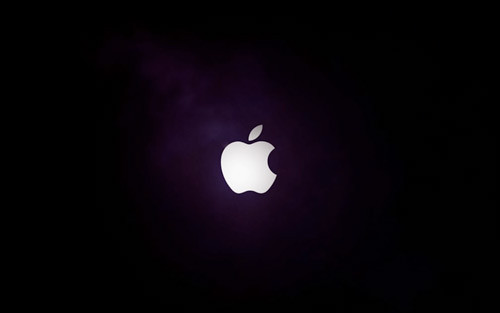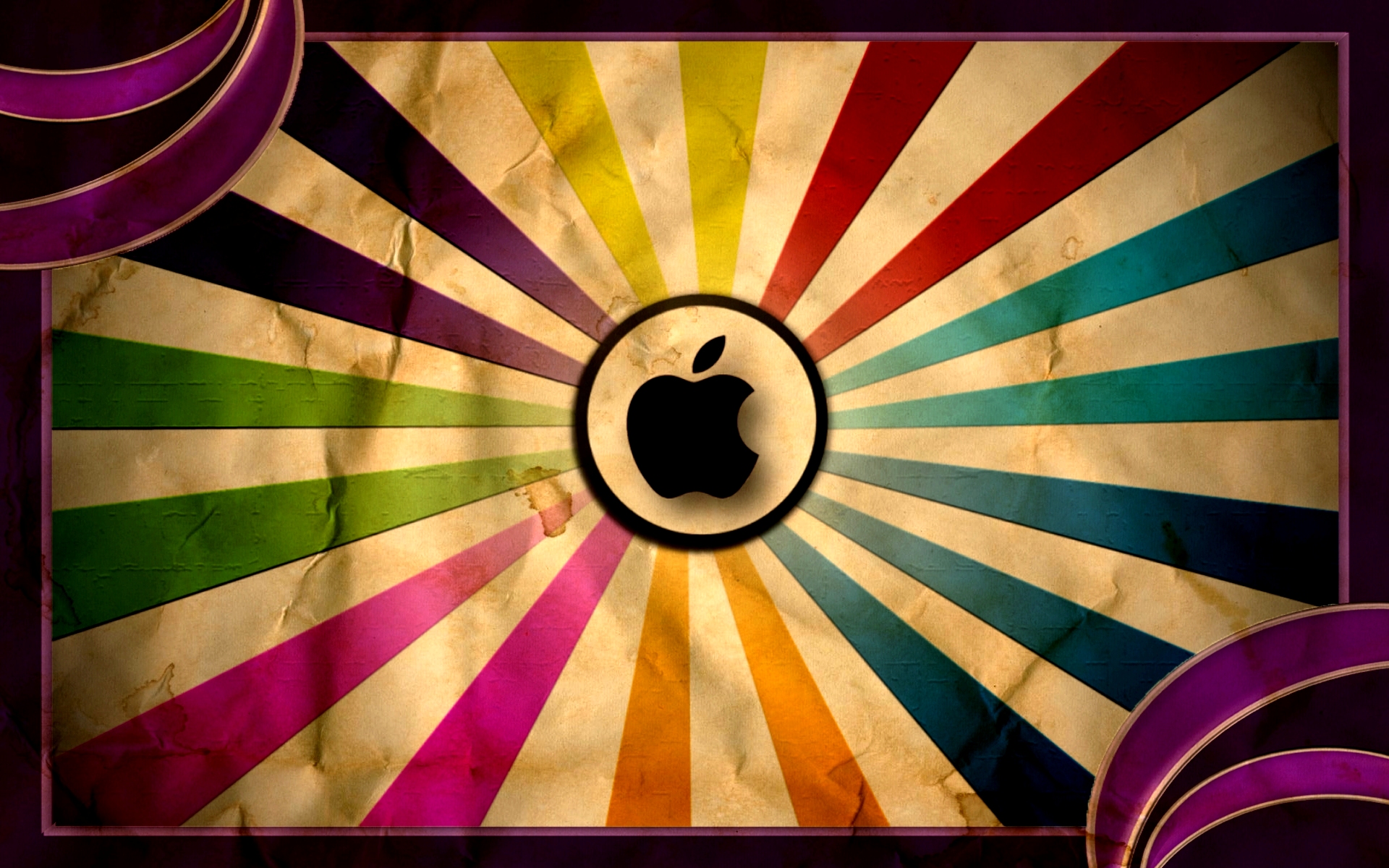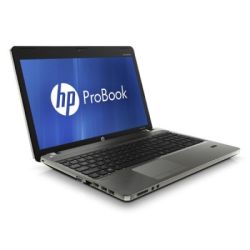
Having compatible hardware in a Hackintosh (a PC running Mac OS X) makes the difference between success and failure. If you’re interested in installing Mac OS X on your PC, it’s important to know what hardware is compatible and what isn’t. Hackintosh compatibility varies, depending on whether your computer was self-built or prebuilt, and whether it’s a desktop PC or a laptop. (If you don’t know what hardware your current computer has, use a program like CPU-Z.)
LAST UPDATED: October 20, 2012
This article will help you determine whether your current PC can run Mac OS X. However, if you’re looking to build an entirely new computer for Hackintoshing, the easiest route is always to follow tonymacx86′s CustoMac build recommendations, or our own list of cheap Hackintosh builds. If you don’t want to build your own computer, check out our 2012 laptop buying guide, or our overview of the Dell XPS 8300 (which is pretty much the only well-documented, prebuilt desktop Hackintosh).
Self-Built Computers
 Motherboard: If your computer’s motherboard was designed for Intel processors, and was manufactured in 2010-2012, there is a pretty good chance that it will work with Mac OS X. Motherboards made before 2010 are a lot trickier to work with, and may not be worth the effort.
Motherboard: If your computer’s motherboard was designed for Intel processors, and was manufactured in 2010-2012, there is a pretty good chance that it will work with Mac OS X. Motherboards made before 2010 are a lot trickier to work with, and may not be worth the effort.
Brand-wise, motherboards made by Gigabyte are the best-supported, since they’re the only boards that work by default with the CPU power management service built into Mac OS X. Most Gigabyte motherboards have DSDT files available in the DSDT section of tonymacx86, which is immensely helpful. DSDT files are configuration files that make Mac OS X to work with your specific motherboard (the DSDT for one motherboard will not work with another motherboard). And the newest Gigabyte motherboards, which use UEFI instead of BIOS, don’t even need a DSDT file.
If you don’t have a Gigabyte motherboard, check out tonymacx86′s DSDT section to see if they have a DSDT for your motherboard anyways. If not, you will have to search Google for specific Hackintoshing instructions for your particular motherboard. For example, if you have a Asus P8Z68-V LX Motherboard, then Google “P8Z68-V LX hackintosh”. You’ll also want to check the tonymacx86 wiki and the OSx86 wiki for two (incomplete) lists of compatible motherboards.
After Gigabyte, ASUS is the second most popular motherboard brand for Hackintoshes, so you can often find a lot of Hackintoshing guides about ASUS boards. You might also find Hackintoshing guides on motherboards from other brands, but they are far less common than guides for Gigabyte and ASUS boards.
Graphics card: Besides the motherboard, this is probably the most important part of your build. Mac OS X does not usually work with the built-in (“integrated”) graphics on any motherboard or CPU. You need to have a separate graphics card for your computer. The only exception to this rule are the built-in graphics cards of Intel Sandy Bridge processors and Intel Ivy Bridge processors; you can check the CPU section below for more info.
Older graphics cards (like the NVIDIA 8800GT and AMD Radeon 5770) will usually work with Mac OS X ”out of the box”, without the need for any extra modifications. As far as newer graphics cards go, most cards in the AMD Radeon 6600 and 6800 series will work in Mac OS X out of the box, as well. Some cards in the NVIDIA 400 series also work out of the box, but most of them require you to install OpenCL Enabler in Multibeast (for Lion and Mountain Lion), or the official NVIDIA drivers (for Snow Leopard).
Cards from the NVIDIA 500 series only work with Mac OS X Lion and Mountain Lion, while cards from the 600 series only work with OS X Mountain Lion. To enable graphics support for the 500 series in Mac OS X Lion, you have to install OpenCL Enabler in Multibeast. In OS X Mountain Lion, the 500 series and 600 series work out of the box, though not always (so you may have to install OpenCL Enabler anyways).
The AMD 6900 series and 7000 series of graphics cards aren’t supported yet. Additionally, ATI CrossfireX and NVIDIA SLI, which allow you to run two separate graphics cards as a single graphics card on Windows, do not work on a Hackintosh. Mac OS X will always recognize double-card setups as two separate graphics card.
Check out the tonymacx86 wiki and the OSx86 wiki for two (incomplete) lists of compatible graphics cards. It’s important to note that Mac OS X is very picky about graphics cards; the manufacturer of the card matters just as much as the card’s model. For example, a Gigabyte Radeon 5770 graphics card might work better than a Sapphire Radeon 5770 graphics card.
For more detailed information, check out our guide on Hackintosh graphics cards.
CPU: Almost any 2010-2012 Intel CPU will work with Mac OS X. AMD CPUs are barely supported, and therefore not recommended. Older Intel CPUs can usually run Mac OS X Snow Leopard, but many don’t work with Mac OS X Lion. Lion is a 64-bit operating system (x86-64), so it’s incompatible with the 32-bit architecture (x86) that older CPUs use.
The Sandy Bridge generation of Intel Core processors include built-in graphics cards. (Sandy Bridge processors are the processors with a model number in the 2000′s, such as the Core i5-2500.) These built-in graphics cards work with Mac OS X Lion (but not Snow Leopard), and come in two versions: HD 2000 and HD 3000. Unfortunately, only HD 3000 graphics are officially supported. HD 2000 sort of works, but it doesn’t have graphics acceleration, so it’s not recommended.
Intel’s newest Ivy Bridge processors are supported by Mac OS X 10.7.5 and all versions of OS X Mountain Lion. (Ivy Bridge processors have a model number in the 3000′s, such as the Core i5-3450.) Ivy Bridge does not work with Mac OS X Snow Leopard; normally, you must have access to a real Mac or an existing Hackintosh (or a Mac OS X virtual machine) before you can install Mac OS X on your Ivy Bridge computer. You might be able install Snow Leopard on Ivy Bridge by using iBoot Legacy, but results vary. The integrated HD 4000 graphics on some Ivy Bridge processors works with OS X Mountain Lion and Mac OS X Lion (version 10.7.5 and above). HD 2500 graphics aren’t supported.
P.S. Intel Sandy Bridge processors don’t work very well with Mac OS X Snow Leopard version 10.6.8. I recommend that you update to version 10.6.7 instead. You can still update to Mac OS X Lion from 10.6.7 (Mountain Lion requires 10.6.8, but you might be able to circumvent this requirement by spoofing your system version).
For more detailed information, check out our guide on Hackintosh CPUs.
And the rest: Most WiFi adapters and WiFi cards don’t work with Mac OS X. Using a wired internet connection with a Ethernet cord is preferred. If you need WiFi, check out MacBreaker’s list of natively-supported WiFi adapters.
While most Bluetooth adapters technically work with Mac OS X, a large majority will break sleep mode. If you want to use a wireless mouse that needs Bluetooth (such as the Apple Magic Mouse), but you also want to use sleep mode, check out our list of recommended Bluetooth adapters.

 Most hard drives should work fine, though there are occasional exceptions. Hard drives with 4096 byte sectors (instead of normal 512 byte sectors) have problems booting Mac OS X, and need a rather complicated Terminal fix. This issue is most common in Western Digital Caviar Green hard drives.
Most hard drives should work fine, though there are occasional exceptions. Hard drives with 4096 byte sectors (instead of normal 512 byte sectors) have problems booting Mac OS X, and need a rather complicated Terminal fix. This issue is most common in Western Digital Caviar Green hard drives.
Just about every solid state drive (SSD) will work with Mac OS X by default. However, some SSDs don’t have built-in garbage collection services, so you’ll need to enable TRIM in Mac OS X by yourself.
Additionally, some optical drives may prevent Mac OS X from sleeping. If you want a safe choice, buy a from a confirmed DVD drive series like Sony Optiarc. Hackintoshes can read and write Blu-ray discs with a Blu-ray drive, but you can’t play Blu-ray movies because they don’t support Mac OS X.
If a webcam claims to be compatible with Mac OS X, then it’s likely that it will work for Hackintoshes too. (Note that most webcams will not need drivers to run on OS X.)
The same goes for any other peripherals, such as mice and keyboards: most of them work, but you can never know for sure until you’ve tried it.
To check the compatibility of specific peripherals, be sure to take a look at the OSx86 Wiki. The tonymacx86 Wiki also includes a (short) lists of compatible peripherals. Neither of these lists are very big, so you’ll probably have to guess and check most of the time.
Pre-built desktop computers
 Okay, so maybe building a new computer isn’t an option for you. It’s definitely possible to turn a normal pre-built computer into a Hackintosh. It’s just not very likely. If you want to attempt an install of Mac OS X on a pre-built computer, you need to do your research beforehand.
Okay, so maybe building a new computer isn’t an option for you. It’s definitely possible to turn a normal pre-built computer into a Hackintosh. It’s just not very likely. If you want to attempt an install of Mac OS X on a pre-built computer, you need to do your research beforehand.
The main problem with pre-built computers is that they have really weird motherboards. When building PCs, manufacturers tend to use their own proprietary motherboards that nobody has ever heard of, so nobody has ever had to chance to make them compatible with Mac OS X.
You will have to search Google for specific Hackintoshing instructions for your particular model of computer. For example, if you have a Dell Optiplex 745, search “Dell Optiplex 745 hackintosh” on Google.
Additionally, check out the OSx86 Wiki for several lists of compatible desktop computers. The tonymacx86 Wiki also has a few lists of compatible desktop computers, but there’s no single page for that information. Either way, the lists are very incomplete.
If you can’t find a Hackintoshing guide (or wiki entry) for your desktop computer model, then the Hackintoshing process becomes a bit of a crapshoot. If your computer is a relatively new model and uses an Intel processor, there’s a chance that it can run Mac OS X reasonably well. You will generally have the best luck with gaming PCs, since they tend to use publicly available motherboards. However, without the help of a guide, I can’t make any guarantees.
Laptops
When it comes to Mac OS X compatibility, laptops are even worse than pre-built desktop computers. As mentioned earlier, very few WiFi cards work with OS X, and if your trackpad turns out to be incompatible, you can’t even get past the first page of the Mac OS X installer.
The same rules for pre-built desktops apply to laptops: search Google for specific Hackintoshing instructions for your laptop model. Check the OSx86 Wiki and tonymacx86 Wiki (luckily, the compatibility pages for laptops are more extensive than the pages for desktops).
And good luck Hackintoshing.
Related posts:




.jpg)








 Howdy,World
I am an internet wreck who keep surfing the net to find the answers of the questions that i encounter,and if i get a satisfactory answer than that thing goes on this website so that if same question strikes you then you need not search the web for that.So in short we try to make your lives simpler and more advanced in the possible way we can.
WE ARE YOUR TECHNOLOGY GUIDE
Howdy,World
I am an internet wreck who keep surfing the net to find the answers of the questions that i encounter,and if i get a satisfactory answer than that thing goes on this website so that if same question strikes you then you need not search the web for that.So in short we try to make your lives simpler and more advanced in the possible way we can.
WE ARE YOUR TECHNOLOGY GUIDE 
